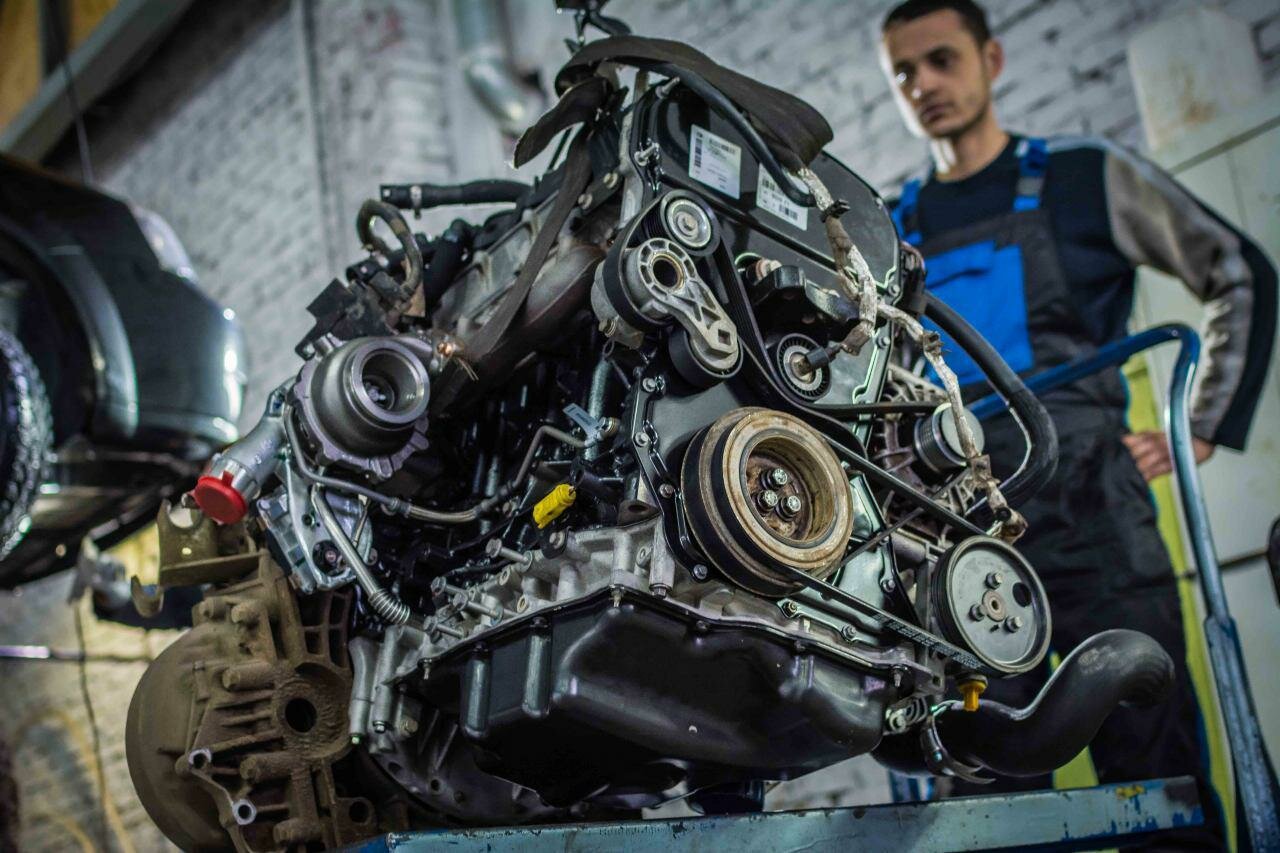Kia Rondo: A Brief Overview
The Kia Rondo, also known as the Kia Carens in some markets, made its debut in 2006 as a compact multi-purpose vehicle (MPV). Designed to cater to families and individuals seeking a versatile and spacious vehicle, the Rondo quickly gained popularity for its practicality and affordability. With a focus on comfort and functionality, the Rondo was positioned as a competitor to other compact MPVs, offering a balance of style and utility.
Over the years, the Rondo underwent several updates and redesigns, with the second generation launched in 2013. This iteration featured improved aesthetics, enhanced technology, and a more refined driving experience. Despite its strengths, the Rondo has not been without its share of issues, particularly concerning its engine performance.
Engine Problems: A Notable Concern
As the Rondo gained traction in the automotive market, reports of engine problems began to surface. These issues have raised concerns among owners and potential buyers alike. Engine performance is a critical aspect of any vehicle, and when problems arise, they can lead to significant inconveniences and costly repairs. The Rondo’s engine troubles have become a focal point for discussions surrounding the vehicle, overshadowing its otherwise commendable attributes.
In this article, we will delve into the specific engine problems associated with the Kia Rondo, examining their prevalence, potential causes, and the implications for safety and reliability. Understanding these issues is essential for current and prospective Rondo owners, as it can inform maintenance decisions and overall vehicle satisfaction.
Kia Rondo Engine Problems: An In-Depth Analysis
The Kia Rondo has garnered a reputation for its spacious interior and family-friendly features. However, beneath its appealing exterior lies a series of engine problems that have plagued many owners. Understanding these issues is crucial for anyone considering purchasing this vehicle or for current owners facing engine-related challenges.
Common Engine Issues
Several engine problems have been reported by Kia Rondo owners, with the following being the most prevalent:
- Engine Stalling: Many drivers have experienced unexpected engine stalls, often occurring at low speeds or during idling. This can pose a serious safety risk, especially in busy traffic conditions.
- Excessive Oil Consumption: Some Rondo models have been reported to consume oil at an alarming rate, leading to potential engine damage if not addressed promptly.
- Engine Knocking: A knocking noise from the engine can indicate serious internal issues, often linked to worn-out components or insufficient lubrication.
- Check Engine Light Activation: Frequent illumination of the check engine light can signal various underlying problems, ranging from minor sensor issues to significant engine malfunctions.
Potential Causes of Engine Problems
Understanding the root causes of these engine issues is essential for effective troubleshooting and repair. Some common factors include:
- Poor Maintenance: Neglecting regular oil changes and maintenance can lead to a buildup of sludge and debris, resulting in engine wear and tear.
- Manufacturing Defects: Certain production runs may have inherent defects that contribute to engine problems, including faulty gaskets and seals.
- Overheating: Inadequate cooling systems can lead to overheating, which can severely damage engine components.
- Fuel Quality: Using low-quality fuel can lead to engine knocking and other performance issues.
Impact on Safety and Reliability
While the Kia Rondo is designed with safety in mind, engine problems can compromise its reliability and safety features. Stalling or knocking engines can lead to hazardous situations on the road, making it crucial for owners to address these issues promptly.
Top views |
|
|---|---|
 |
Oil, Timing Chains, Pistons: What Really Kills an Engine Prematurely? |
 |
How to Choose a Car with a Reliable Engine: Used Car Market Hacks That Actually Work |
Symptoms and Consequences
To better understand the implications of engine problems, the following table outlines common symptoms and their potential consequences:
| Symptom | Consequence |
|---|---|
| Engine Stalling | Increased risk of accidents, especially in traffic. |
| Excessive Oil Consumption | Potential engine damage and costly repairs. |
| Engine Knocking | Severe internal damage leading to complete engine failure. |
| Check Engine Light Activation | Indicates underlying issues that could worsen if ignored. |




0 Comments